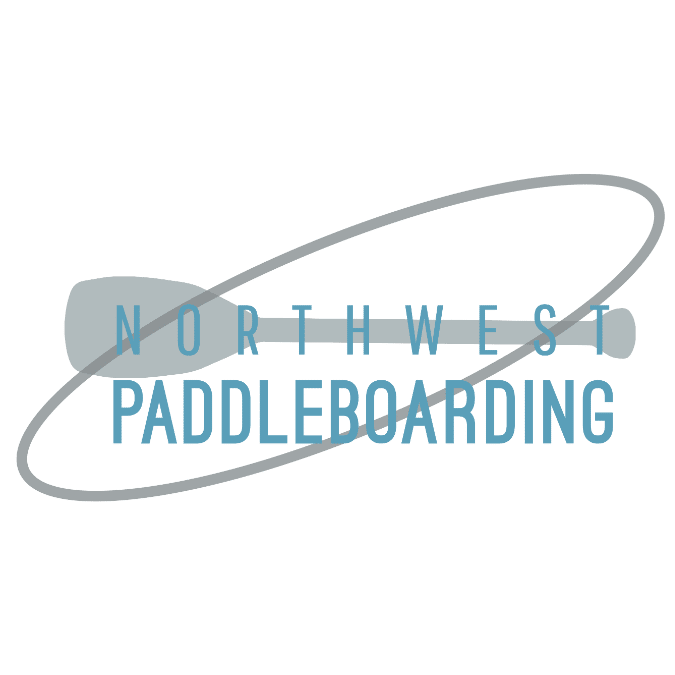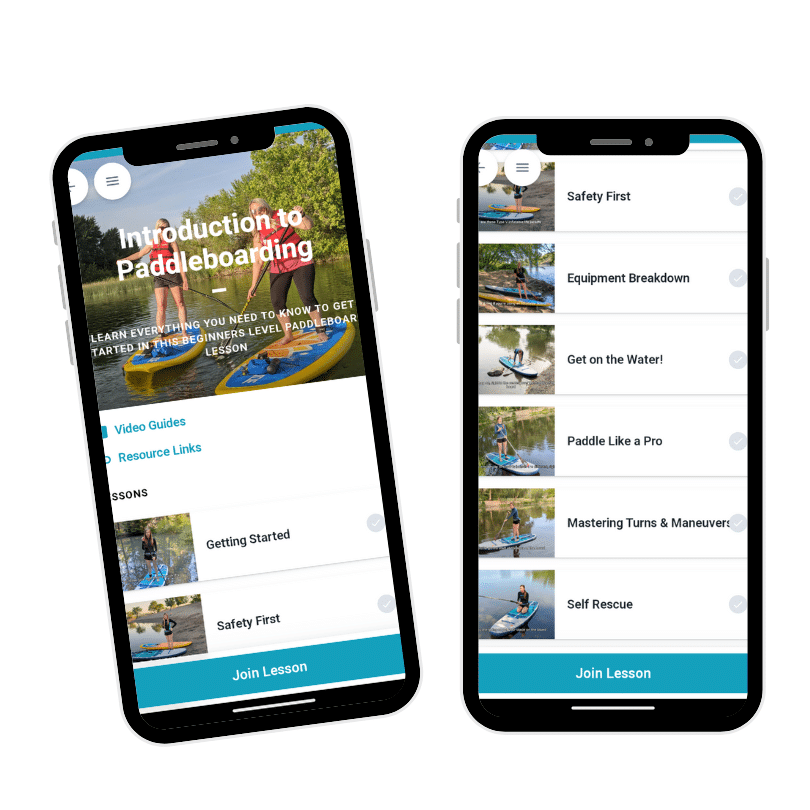How to Load and Strap Your Paddleboard to the Roof Rack
(by yourself!)
Strapping your paddleboard to your roof rack by yourself can seem daunting, but with the right technique, you can become a pro in no time! This guide will walk you through the process, from positioning your paddleboard to securing it with straps, ensuring a safe and smooth journey.
Fin Placement
Fin Up Front
Always position the paddleboard fin facing upwards near the front of your vehicle. This way, if the straps loosen while driving, the fin will catch them before your paddleboard flies off the back.
Loading the Board: A Step-by-Step Guide
- Board Positioning: Place the board on the ground with the fin end facing away from your car and the deck pad facing you.
- Lifting the Board: Grab and lift the back of the board over your head, leaving the nose of the board on the ground. Walk your hands down the board as you lift.
- Leaning and Lifting: Lean the board against your car for support, then lift it from the bottom and position it on the roof rack and roll or push forward.
Securing your Paddleboard with Straps
- Buckle Placement: Take one strap and lay the buckle flat on top of the board.
- Threading the Strap: Pass the remaining strap underneath the roof rack crossbar. Repeat on the other side so both straps are threaded under their respective crossbars.
- Tightening the Straps: Grab the loose end of the strap and thread it through the buckle, pulling to tighten.
- Securing Excess Strap: Depending on the number of boards you’re transporting, manage the excess strap by either tucking it under or tying it around the secured strap to prevent flapping while driving.
- Repeat and Secure: Repeat steps 1-4 with the second strap to ensure double security.
Tip: If your vehicle is tall, use a step stool for easier access when loading the board.
Transporting two paddleboards?
- Staggered Fins: When transporting two paddleboards, position the first sup slightly forward and the second slightly back, allowing both fins to remain on the boards.
- Length Matters: If one board is longer, place it underneath on the roof rack, with the shorter board on top. Secure both boards using the same strapping method.
Transporting Inflatable Paddleboards
Inflatable paddleboards can be transported on your roof rack just like hard boards. Ensure they are fully inflated and extra securely strapped, especially for highway driving.
Bonus Tip: For extra-long inflatables or added peace of mind, attach an extra strap to the D-ring at the tail (where the leash typically connects) and secure it under the front of your vehicle.
Protecting Your Paddleboard: Rack Pad Recommendations
If your cross bars don’t have any padding, you can use cross bar pads to protect your deck pad.
By following these steps and using the recommended accessories, you can confidently load and secure your paddleboard for your next solo adventure!


Great video on my own and thin si weight of board wad an issue.